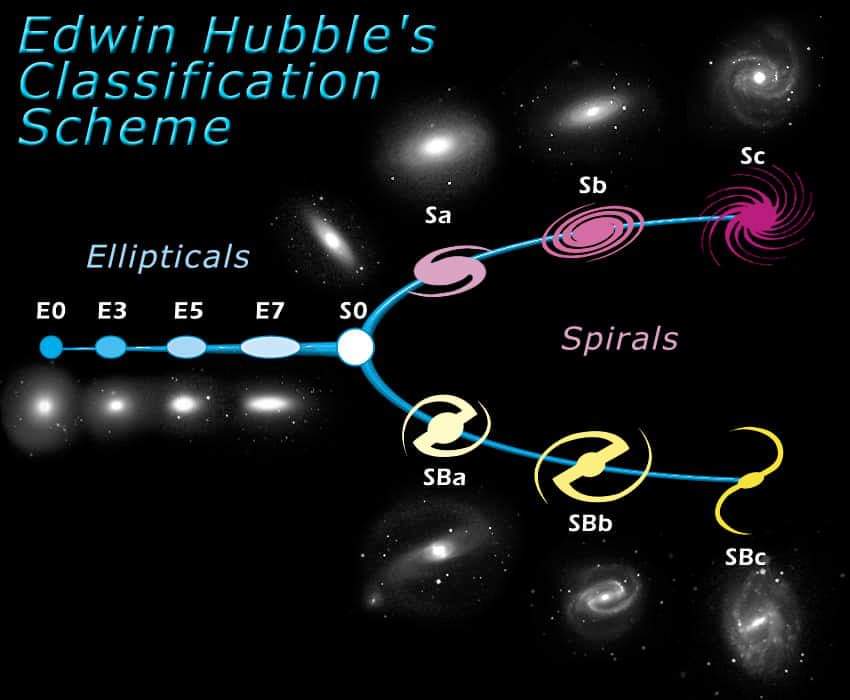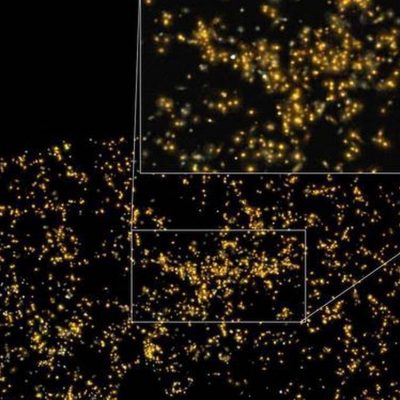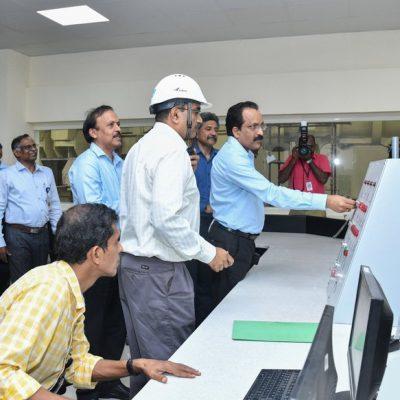If the Earth is surrounded by 4 oceans, there is only one ocean on the Moon. Located at the western end of the Moon, it is known as the ‘Ocean of Storms’. Oceanic procellarium makes up 10.5% of the total lunar surface. Its circumference is 2568 km. Oceanus procellarium is not an ocean full of water like Earth, but solid volcanic eruptions.
Lunar Lake – Lacus Veris (Lake of spring)
The word ‘lacus’ on the moon comes from the Latin word meaning lakes or small plains. The largest of these is Lacus veris. The diameter of the Lacus Veris, also known as the ‘Lake of Spring’, is about 396 km. The moon shaped lake is believed to be formed by a thin lava flow.
Moon marsh Palus Epidemiarum

Although not as muddy as Earth, the Moon also has swamps. The largest of these is the Palace Epidemic. The strange name means ‘swamp of contagious diseases’. These are lava-filled areas. The Palace Epidemium was formerly known as the Blurred Grassland. Its circumference is 286 km.
Vallis Snellius, Valley of the Moon
Wallis Snelius is a straight valley on the south-eastern side of the Moon. Its length is 592 km. Although straight, it sometimes changes shape due to erosion. The valley is named after the Dutch scientist Willebrod Snelius.
Moon peak Mons Huygens
Everest is the highest peak on Earth, while Mons Haygens is on the Moon. The name comes from the Dutch astronomer Christian Huygens. Mount Everest is more than half (5500 m) high. For this. But despite being the highest peak on the Moon, Mons Huygens is not the highest point on the Moon. It is located on the Selenian Summit, 35,387 feet above the lunar surface. That is, higher than Everest.
Moon Bay – Sinus Medii
The bay is the name given to the body of water that rises to the land. Although there is no water, the Moon has similarly shaped bays. The largest of these is Sinus Medi or the Bay of the Center. It is located in the center of the lunar surface we see. The total circumference of the sinus medi is 335 km.
Crater Bailly on the Moon
Crater or crater is caused by meteorites and so on. Bailey is one of the largest craters on the Moon. It is located on the south-western side of the Moon. Jean S., French astronomer. It is named after Bailey. This can be clearly seen on the full moon day. The circumference of the Crater Bailey is 301 km.
Same face: We see only one face of the moon from the earth. The reason is that the moon revolves around the earth and rotates on its own. The time it takes for the Moon to orbit itself (27 days) and orbit the Earth (27.3 days) is approximately the same. Therefore, only a portion of the Moon always faces the Earth.

Moon Sea – Mare Frigoris Mare Frigoris (Sea of cold)
The sea is smaller than the ocean. Located at the Moon’s North Pole, Mer Frigoris is the Moon’s largest sea. The name means ‘cold sea’. The name was given by the Italian astronomer Giovanni Riccioli. In contrast to other circular seas, Mer Frigoris is elongated and slender. Its circumference is about 1596 km.




Recent Comments